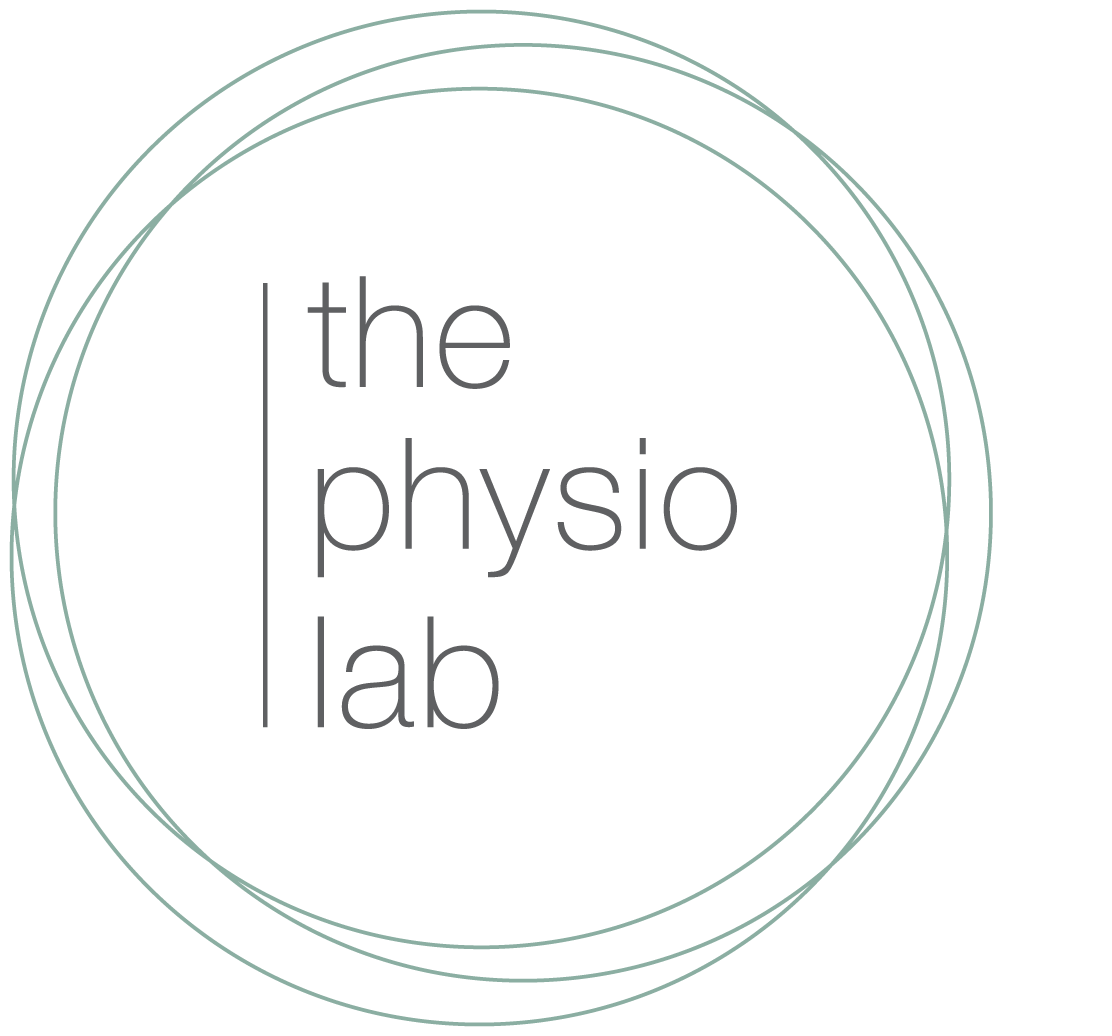Morning pain in the heal and the arch are common symptoms in the foot. They are often due to a problem at the attachment of the achilles tendon to the back of the heel and the plantarfascia to the bottom of the heel. Both of these injuries are loading injuries - too much and too little load can negatively effect the tissue. Understanding why there is abnormal load on these tissues will help prevent long term damage to the structures.
Footwear can be an important factor in injury prevention and management. Very worn or inappropriate footwear can significantly effect the biomechanics of the foot. Orthotics when used correctly can help prevent and offload certain injuries, however an injury in the foot can often be managed without needing to use orthotics.
Bone injuries (stress fractures and fractures), nerve injuries (neuromas), muscle and ligament injuries, tendon injuries (achilles tendonopathies) and joint injuries all require specific treatment and rehabilitation programs to heal effectively.
Children and adolescents are not skeletally mature and their bone growth plates need to be considered in injuries such as fractures and Severs disease (heel pain).
Ligament injuries to the ankle should be managed in the first 24-48 hours with the RICE principles.
R = Rest
I = Ice (10 - 15 minutes of every hour) Watch for ice burns
C = compression to help reduce swelling
E = elevation
Early controlled movement and appropriate loading as soon as the injured tissue can safely tolerate it is important to ensure a good recovery. Your physiotherapist can help guide you through this phase of rehabilitation.
It is important not to take any anti-inflammatories (voltaren, ibuprofen, neurofen) or drink any alcohol in the first 24 hours after your injury as both of these can increase the amount of bleeding and swelling.
